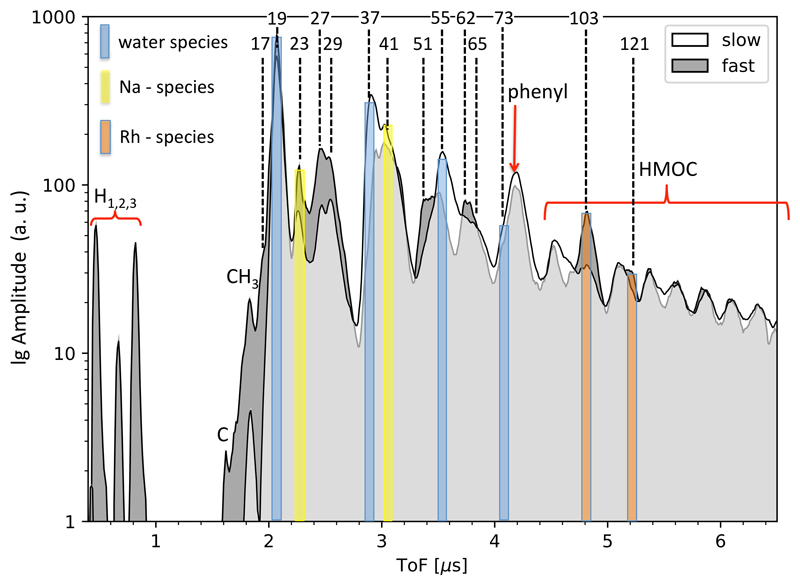Extended Data Figure 3. Comparison of CDA HMOC spectra from ‘fast’ and ‘slow’ impacts.
White and grey spectra represent the average of all spectra from impacts below and above ≈ 10 km/s, respectively (Methods 1d). All signatures with possible major contributions from inorganic species are color-shaded as in Fig. 1. All signatures not marked are exclusively or at least to a greater part due to organic cations.
The abundance and position of HMOC species is relatively independent of the impact speed of the ice grain (see also ED Fig. 1). In contrast, fast impacts induce stronger organic fragmentation signatures at masses below 70u and HMOC form more distinct, evenly spaced groups, which is characteristic of impact induced dissociation processes. In turn, slow impacts show more abundant intact benzene-like cations. There seems to be a tendency of some organic cations to carry less H-atoms at fast impacts (27 u, 51 u, 62 u) indicative of ‘softer’ ionization from the slower impact. In ‘fast’ spectra interference with water cluster ions is less frequent compared to lower speeds. In contrast to ‘fast’ spectra fragmentation below CH3+ (15u) is usually not observed in “slow” spectra. Spectra from slow impacts are prone to abundant water clustering, creating mass lines of the form H+(H20)n, n = 1 – 4 at 19 u, 37 u, 55 u, and 73 u (blue). In ‘fast’ spectra clustering is limited and only the mass lines at 19u and 37u are generally present; occasionally formation of smaller water ions OH+ (17 u) and H2O+ (18 u) is observed. Similarly Rh+(103 u) forms from excavation of the impact target only at fast impacts and interferes with HMOC species there. To a lesser extent this is also true for the rhodium-water cluster Rh+(H2O) at 121 u. See individual CDA spectra (ED Fig. 4) for comparison.

